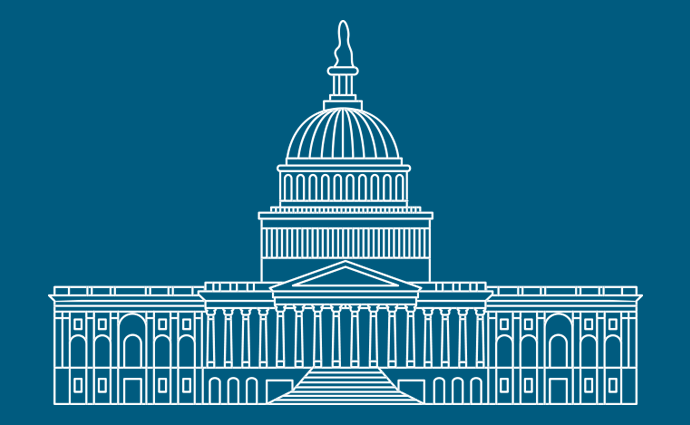Individual Mandate Repeal Would Lead to Payer Financial Losses
The American Academy of Actuaries believes that reinstating the cost-sharing reductions will not be enough to offset payer financial losses from an individual mandate repeal.

Source: Thinkstock
- A repeal of the individual mandate, as included in the current GOP Senate tax reform plan, would result in financial losses for payers that could not be offset by cost-sharing reduction payments, the Academy of American Actuaries says.
“When considering this legislation, policymakers should consider the potential adverse consequences of eliminating the mandate, including increases in premiums and the number of uninsured, unless adequate alternative mechanisms or market stabilization provisions are implemented,” the Academy said in a letter to Congress.
“The Health Practice Council [of the Academy of American Actuaries] has concerns about the bill’s inclusion of an elimination of the individual mandate being motivated as a means to offset revenue reductions in your efforts to provide tax cuts and reform the tax code.”
Increases in individual premiums would follow the elimination of the mandate, because unhealthier and younger people would no longer balance risk pools. Balanced risk pools are those in which the payments of healthier people offset the higher costs of sicker individuals.
Without the mandate in effect, healthier and younger people would likely be less inclined to purchase individual health plans.
“The mandate helps encourage the young and healthy, as well as the old and sick, to obtain coverage, thus achieving the balanced risk pool required to keep premiums affordable and stable,” the Academy said. “In practice, its financial penalty is usually low as a share of premiums, many individuals are exempt, and enforcement is weak.”
Changes to the mandate would threaten the financial solvency of payers offering individual health plans.
Payers have already set their 2018 rates, which were calculated based on the anticipated loss of the federal cost sharing reductions. Payers rely on policy stability to set rates, and calculated 2018 rates with the existing mandate in mind, the Academy noted.
“Premium rates for 2018 have already been finalized. If the individual mandate were to be eliminated for 2018, a deterioration in the risk pool profile would result,” The Academy said. “Premiums would be too low and would no longer match the costs of those covered. This could result in insurer losses and solvency concerns.”
A mandate repeal would likely prompt even more payers to exit the individual market, which would weaken consumer choices and market competition.
Prominent commercial payers including Wellmark and Aetna have exited individual insurance markets earlier in 2017 because they believed there wasn’t enough financial opportunity within the individual market. A repeal of the mandate could create further payer uncertainty in the market as risk-pools become unbalanced and premiums increase.
“Insurers would likely reconsider their future participation in the market,” The Academy added. “This could lead to severe market disruption and loss of coverage among individual market enrollees.”
To counteract the mandate repeal, the Academy suggested that an alternative policy mechanism will be required to lessen catastrophic payer and consumer financial hardship.
Even if new legislation re-introduces the CSRs, that wouldn’t be enough to offset losses in the individual market. The Academy added that supporting short-term health plan enrollment would damage insurance markets and that a reinsurance program, or a similar solution, is needed to account for lost mandate revenues.
“Expanded availability of short-term duration policies and association health plans could exacerbate these results by reducing the barriers to non-compliant coverage,” the Academy said. “To offset these results, alternative mechanisms to the mandate that would encourage ACA plan enrollment among young and healthy individuals or other market stabilization provisions (e.g., external reinsurance funding) would be needed.”
The Academy concluded their arguments by suggesting lawmakers focus future policy debate on the mandate in regards to financial and market-related consequences for payers.
“Primary consideration should be given to the consequences of eliminating the individual mandate on premiums, coverage rates, and the stability of the insurance market,” the Academy concluded. “These issues are not appropriately considered when such proposals are added to unrelated legislation as a “pay-for” to enable other priorities.”
